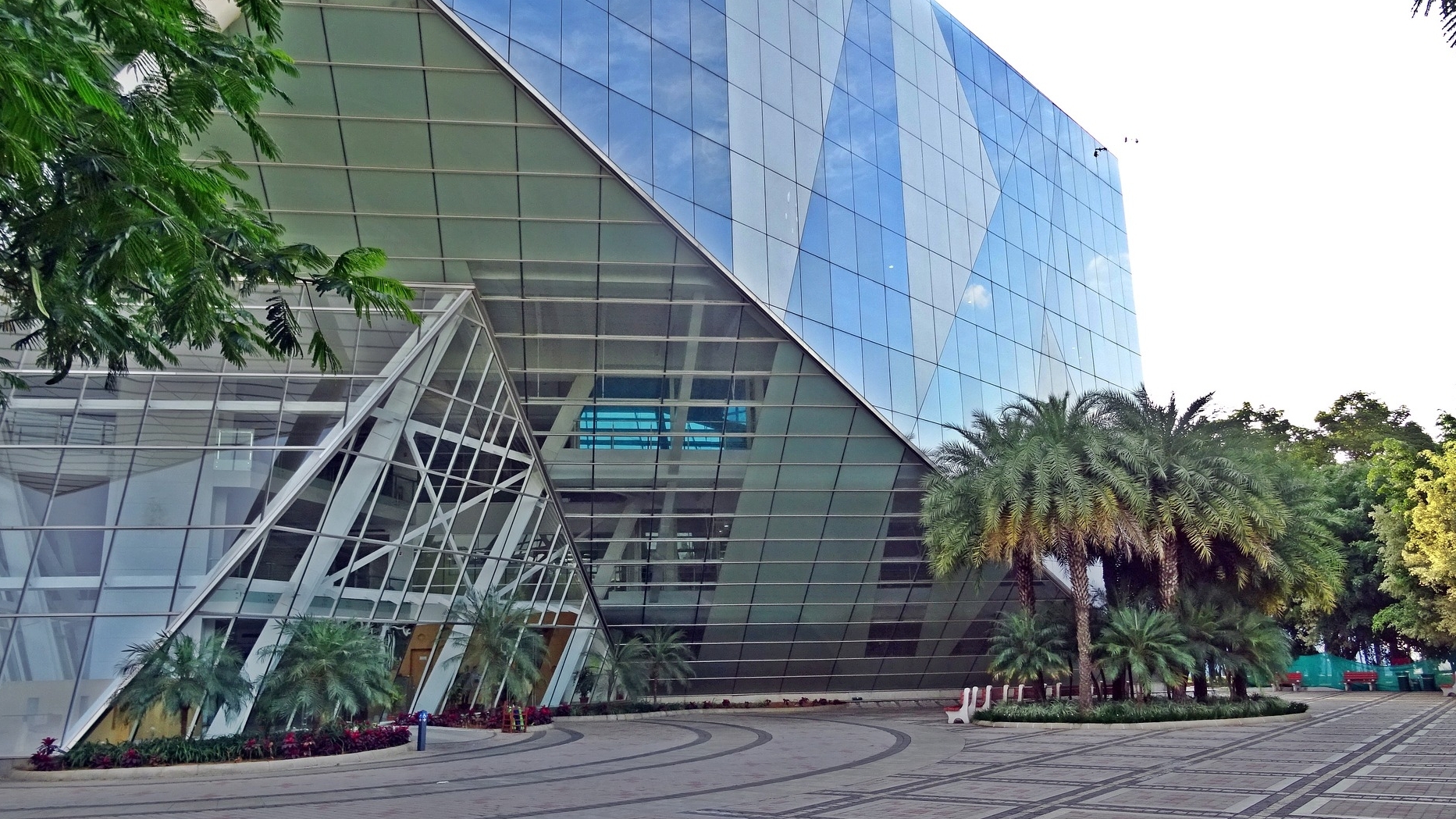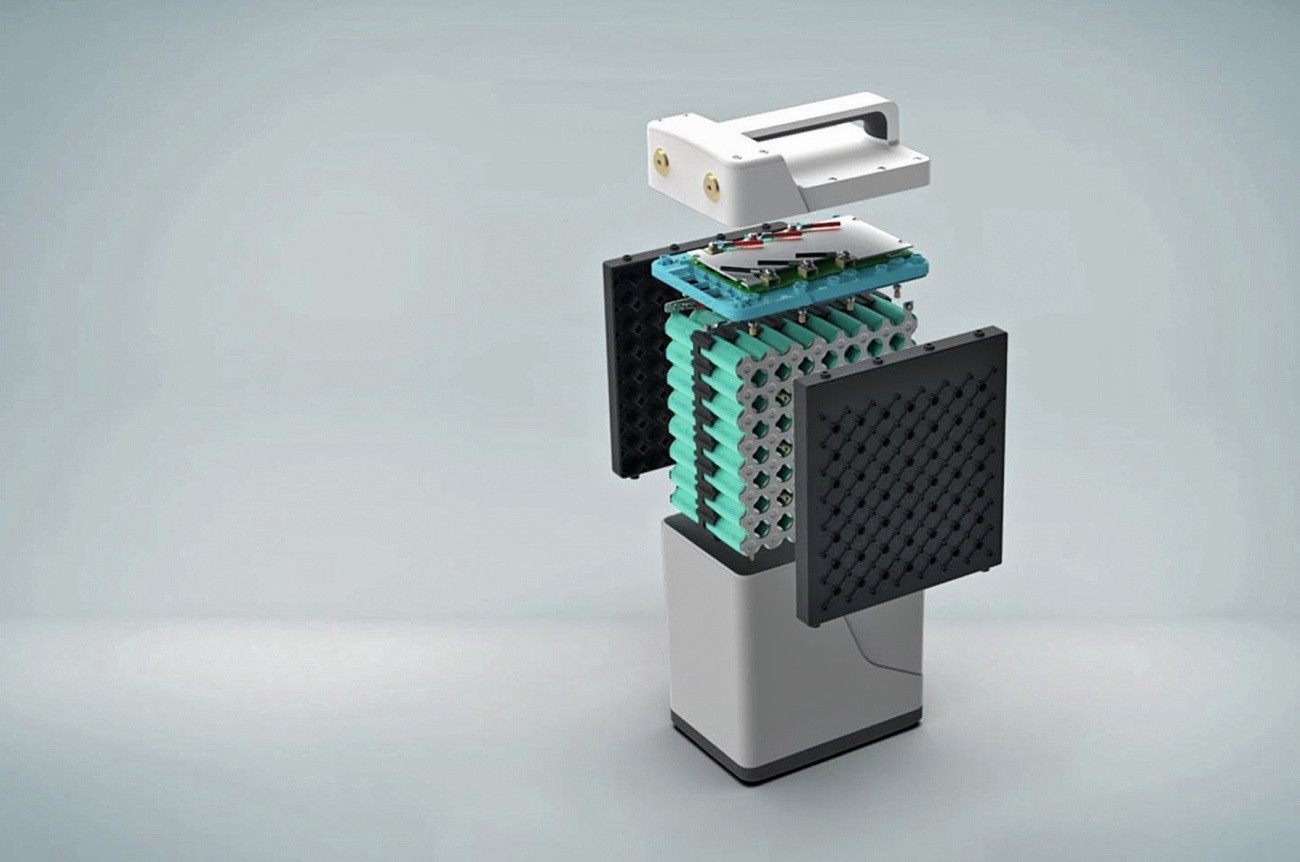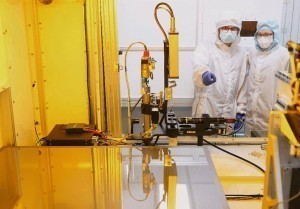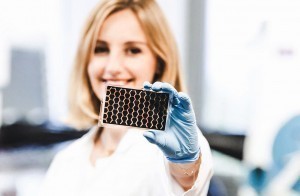Industrial symbiosis is a sensible and modern concept from the field of industrial ecology and represents a beneficial relationship for all companies involved. It involves the exchange of material and energy flows that would otherwise be regarded as waste and thrown away unused. The best-known example of a successful industrial symbiosis is the Kalundborg industrial region in Denmark.
 The Nanjangud industrial area, south of Mysuru and south-east of Bengaluru, is considered a classic example of industrial symbiosis in India. It is home to factories for pharmaceuticals, automobiles, chemicals, electronics, coffee, footwear, tobacco, textiles, spirits, environmental technology and sugar.
The Nanjangud industrial area, south of Mysuru and south-east of Bengaluru, is considered a classic example of industrial symbiosis in India. It is home to factories for pharmaceuticals, automobiles, chemicals, electronics, coffee, footwear, tobacco, textiles, spirits, environmental technology and sugar.
Without industrial symbiosis, the 50 largest factories would have generated around 1 million tons of waste per year. Thanks to cooperation and the circular economy, up to 99.5% is recycled. Example: The coffee manufacturer's residues serve as a valuable raw material for a company that extracts aromatic oils. The residues here in turn serve as fuel for steam boilers.
Environ. Res. Lett. 2019, 14, 075003
Aceleron Energy
In parallel with the continued growth in the battery market, where batteries are typically discarded after use - but before the energy has been fully consumed - there are initiatives to significantly extend the useful life of batteries and their components. Aceleron Energy, based in Birmingham, England, was founded in 2015 and offers new, used and repaired batteries. Large batteries, such as those installed in cars or homes, have been found to have up to 70% of their energy left in them when they 'run out'. Furthermore, only 5% of the batteries that have this residual energy are recycled. When Aceleron started to take the batteries apart, it was discovered that so-called permanent assembly techniques, including spot welding and pressure-sensitive adhesives, are used in production. Aceleron's batteries are therefore assembled using pressing technology. Individual fuel cells are connected to the circuit using separable caps. According to Amrit Chandan, co-founder, it is similar to making a sandwich.
Once the batteries have fulfilled different applications, the components can still be taken apart and reused - accelerating a cascading effect.
https:// www.aceleronenergy.com/
Saule solar modules and inkjet printing
Saule Technologies in Wroclaw, Poland, named after the Baltic sun goddess Saule, recently inaugurated a factory for the production of flexible, ultra-thin perovskite solar modules. A new type of inkjet printing technology, invented by founder Dr. Olga Malinkiewiz as a doctoral student at the University of Valencia in Spain in 2013, is used for this purpose.
The current installed capacity is 40,000 square meters. Synthetic perovskites are used. The modules can be small or large and can be cut or glued together. Customers from the Internet of Things and construction sectors have announced a high demand for Saule solar modules. In Europe, only 4% of demand is currently covered by European production.
https:// www.thefirstnews.com/article/warsaw-solar-panel-firm-becomes-worlds-first-to-begin-production-of-revolutionary-perovskite-technology-22153
Chip manufacturing in India
It is well known that India has no significant place in the global market for the production of electronic components. Companies like Texas Instruments (since 1985), NXP Semiconductors, MediaTek and AMD are more active in chip design, where India has a leading position. India's market size and logistical factors will sooner or later lead to manufacturing in the country. In order to offer attractive semiconductor manufacturing frameworks, countries like the US, China and South Korea are offering stimuli in the order of billions of dollars. If India also wants to attract such companies - including Intel, TSMC and Samsung - similar stimuli must be offered, according to a representative of Texas Instruments. Possibly the first step will be towards assembly testing, marking and packaging (ATMP).
Meanwhile, Indian companies such as Capgemini, Mahindra and Tata continue to invest heavily in e-mobility R&D, regardless of the pandemic.





